AboutWe believe in great pasta!
David Bowen and Bill Curtis founded Pappardelle’s on May 14, 1984. Their vision? Exquisite, fresh pasta in an array of flavors never before experienced by Americans. At that time, pasta in the United States was generally limited to the one basic flavor: plain.
After extensive research they decided that the only way to ensure that their pasta creations would be of the highest quality was to recreate the traditional Italian pasta making methods: fresh, high-quality ingredients and small batches.
Like the finest pasta makers, David and Bill used bronze dies to form the pasta, which produces a coarser noodle that holds its sauce and feels luxurious on the palate. Pappardelle’s was adhering to “Slow Food” principles such as preserving traditional methods of food preparation and using only the highest quality ingredients, long before it was the “in” thing.
Our Flour
Although flour is made out of wheat, it can vary wildly -- not only nutritional content, but also flavor and overall integrity. Pasta made with all-purpose or bleached flours are inferior. Pasta made with a combination of all-purpose flour and semolina durum wheat are only slightly better. Only pure durum semolina flour gives birth to high-quality pasta. So, of course, this is the type of flour that Pappardelle’s uses in all of its pasta.
The majority of durum semolina flour used by the pasta industry in this country is grown in the northern part of the United States. Cool summer nights and long, warm summer days create ideal conditions for durum to thrive. Durum is planted in mid-April and harvested in late August. Semolina is the coarsely ground endosperm of durum wheat that's golden in color and very coarse and granular in texture.
We at Pappardelle’s know that the better the durum, the better the pasta. It is from durum wheat, the hardest wheat known, that pasta gets its yellow amber color, pleasant nutty flavor and the ability to retain both shape and firmness when cooked. We have been sourcing our flour from the same supplier since our birth in 1984, ensuring the best and most consistent pasta quality available to you.
Our Dried Pasta
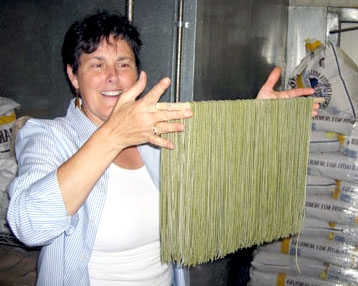
Pasta is sturdy, but during production it can be temperamental — a host of factors can ruin a batch of dough. For example, our process must take into account the nature and moisture level of each raw ingredient, how much water is added during the mixing process and exactly what temperature water is ideal for the particular recipe, how much time is the mix allowed to churn, how much air is applied to the pasta as it is being formed, how much ambient humidity is present and what is the ambient temperature of the dough room.
The “flavorings” we use in our pasta are sourced from the industry’s highest quality producers. We do not use preservatives or unnatural flavorings in our pasta.
The durum semolina flour is mixed slowly with water and kneaded in small batches of 100 pounds or less. Scaling up of our production process to higher batch sizes actually results in inferior quality pasta. Once mixing is complete, the pasta dough is then extracted through our bronze dies creating the desired shapes.
 Pasta dough zips through the common Teflon dies used by most pasta producers, but it labors to get through those made of bronze. The extra effort results in coarser noodles, which feel more luxurious on the tongue and do a better job of gripping sauces.
Pasta dough zips through the common Teflon dies used by most pasta producers, but it labors to get through those made of bronze. The extra effort results in coarser noodles, which feel more luxurious on the tongue and do a better job of gripping sauces.
After the noodle or shaped pasta has been formed, it is carefully dried, an art-form unto itself. The pasta is taken to special rooms we have custom designed to reflect the best of what we’ve learned over our first 25 years. We like to “tease the water” out of pasta by slow-drying it between 24 and 48 hours, making handmade adjustments to the drying process continually during that time.
 If the pasta dries too fast, it becomes too brittle and fails our quality control. We have no choice but to discard it.
If the pasta dries too fast, it becomes too brittle and fails our quality control. We have no choice but to discard it.
Our short cuts go in a different type of drying room. These are meant to provide a slightly more aggressive breeze so that even the most difficult tubular shapes receive proper air flow both inside and outside of the noodle.
Commercial assembly line pasta is dried at around 190 degrees, but in order to preserve the flavor and nutritional components, we slow dry our long- and short-cut pastas at only 95 degrees. We monitor the drying process at set junctures throughout the 2 - 4 day drying period and make adjustments as needed to ensure that the product dries neither too fast nor too slow. Although time consuming, we know that this method creates a superior product.
In closing...
Our belief is that our handmade touch, together with superior recipes and ingredients and our intense focus on every detail of the production process, is what sets us apart. This was our founders’ core vision in 1984 and remains our guiding principle today.
Featured PastaMake sure to ask about our special of the month!
Find UsOur family will help you at any of these local markets.
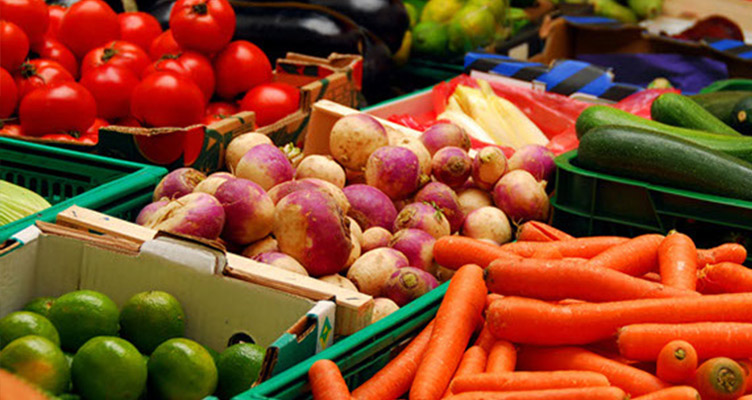
Yuma, AZ 85365

Issaquah, WA 98027
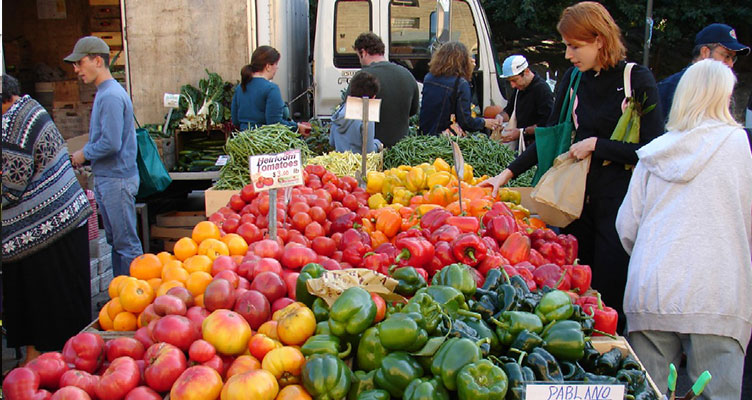
Gig Harbor, WA 98335
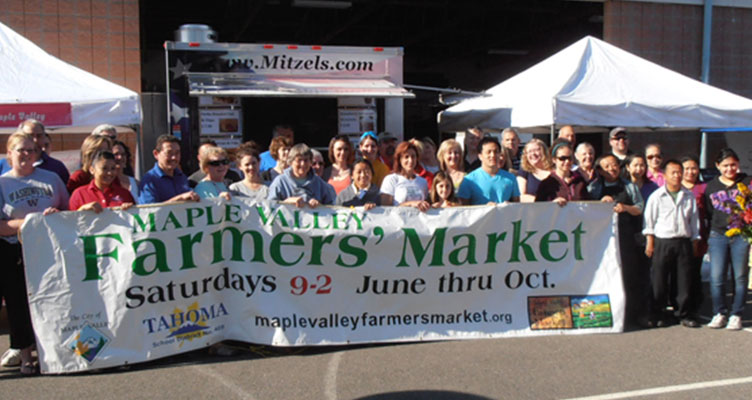
Maple Valley, WA 98038
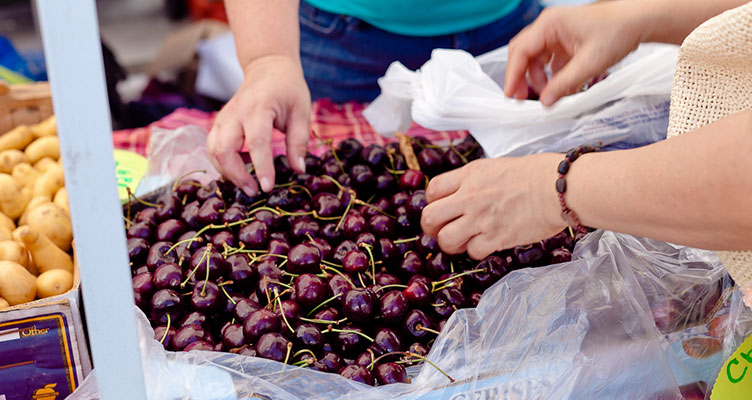
Gresham, OR 97030

Gresham, OR 97030
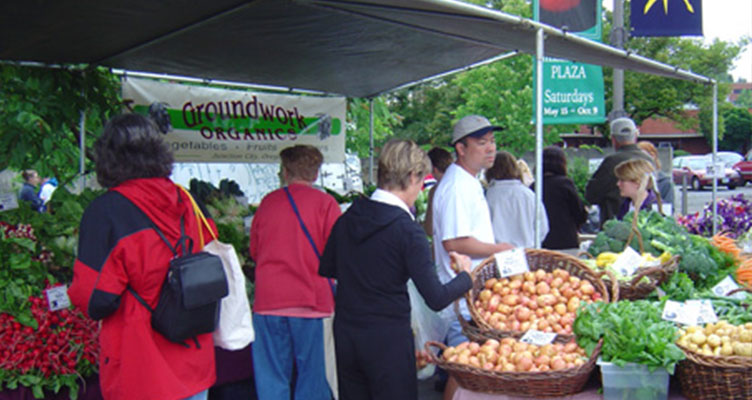
Lake Oswego, OR 97034

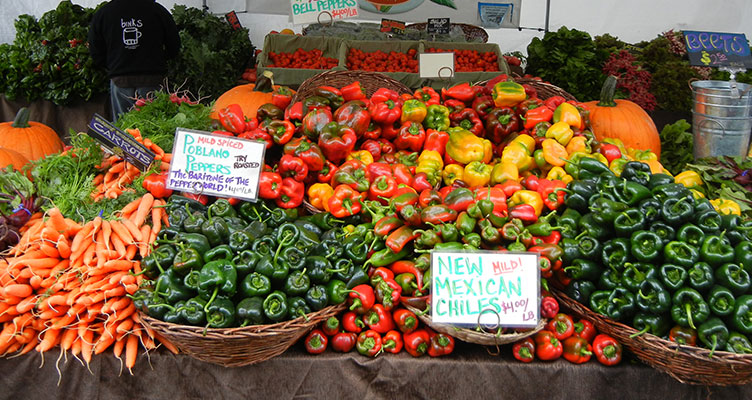
Milwaukie, OR 97222

Sammamish, WA 98075

Steilacoom, WA 98388
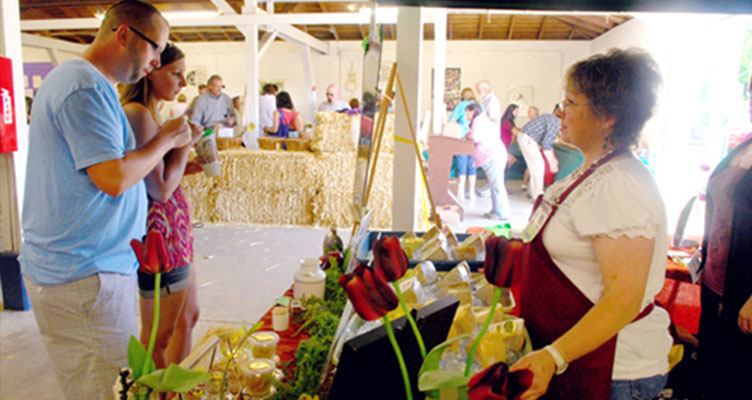

North Bend, WA 98045
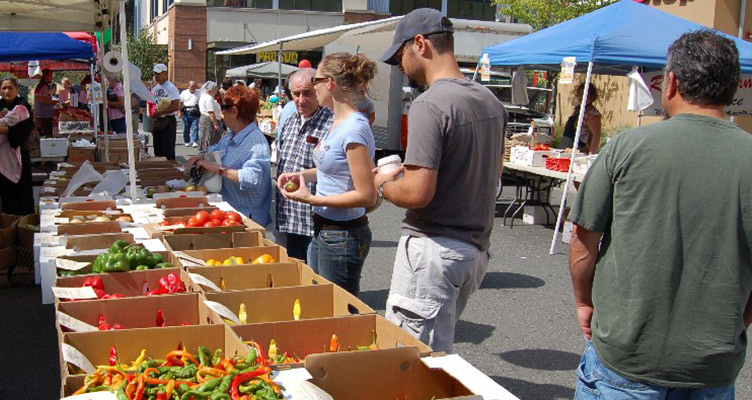

Federal Way, WA 98003
ContactWe will be happy to help you choose one of our many pastas, which always includes a special recipe!
Contact Info
Send us your order! Feel free to message us or give us a ring and we will have your order ready to pick up at any of our local markets. You can even pay with your credit card so all you have to do is breeze by our booth, pick up your pre-packaged order and continue on your way enjoying all the best and fresh products the market has to offer.
- Phone: 425 941 5030
- Email: orders@marketpasta.com












